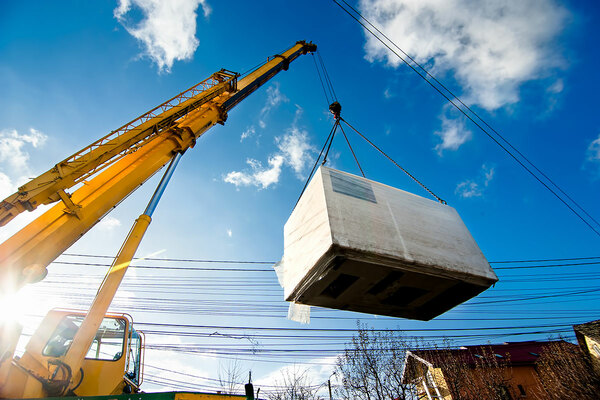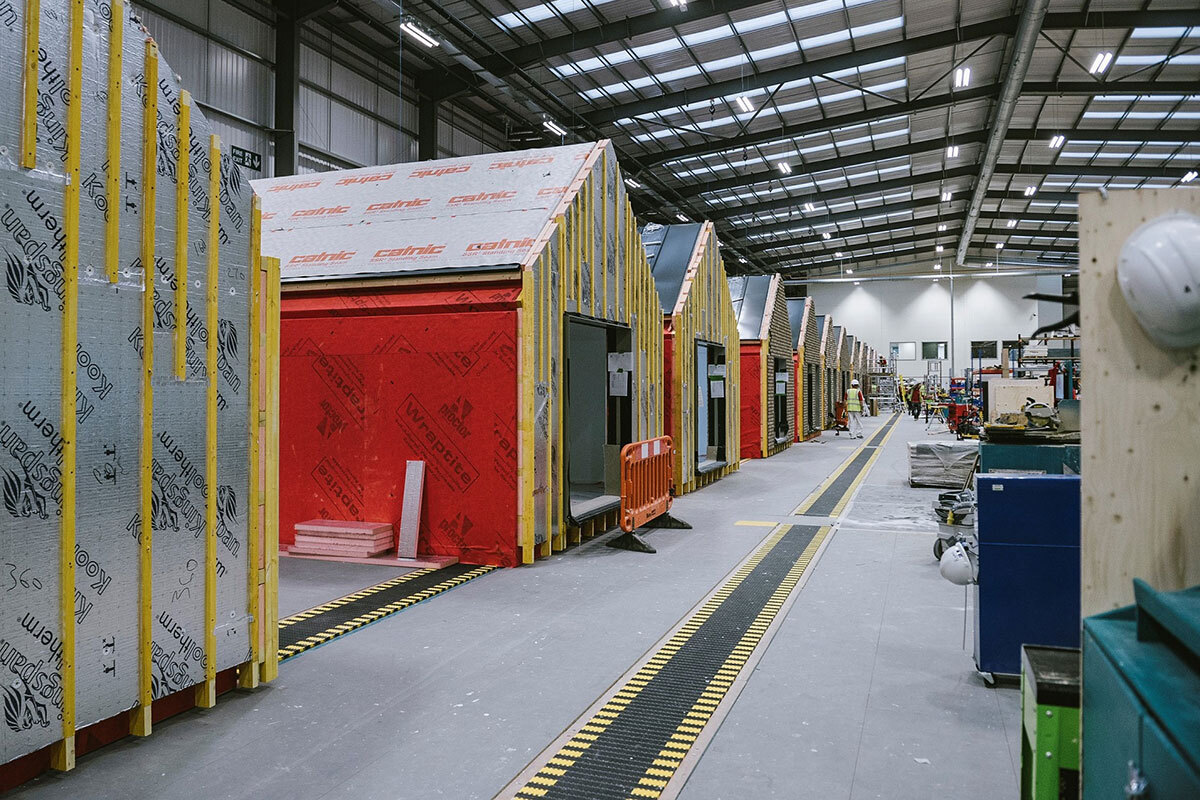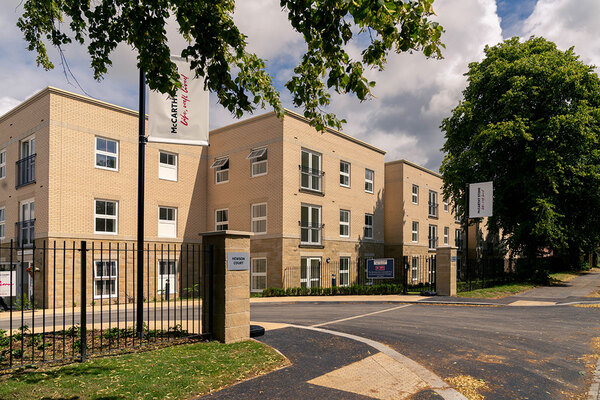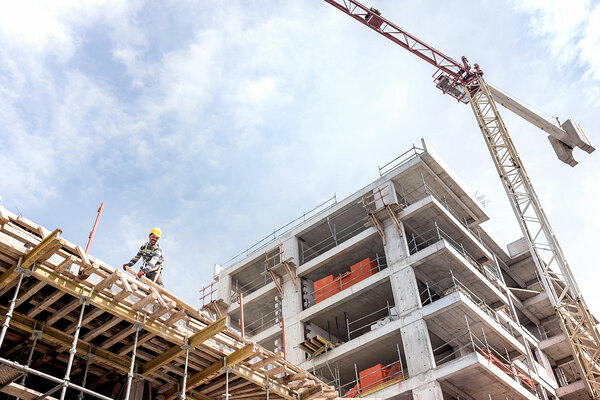MMC cut carbon emissions by up to 45%, research finds
Homes made offsite reduce carbon emissions by up to 45% compared to traditional methods of construction, a new study has revealed.
The study by academics from the University of Cambridge and Edinburgh Napier University of two developments found that emissions from materials and construction (embodied carbon) can be reduced by almost half when modern methods of construction (MMC) are used.
Buildings are responsible for around 40% of global energy-related carbon emissions, of which 11% come from embodied carbon.
Embodied carbon, which is the CO2 produced during the design, construction and decommissioning phases of a development, is dramatically lower when MMC are used, because buildings require a lower volume of carbon-intensive products such as concrete and steel.
Researchers say the study proves how MMC will help reduce the significant carbon footprint attached to the government’s ambition to build 300,000 homes per year.
The report, “Life Cycle Assessments of The Valentine, Gants Hill, UK and George Street, Croydon, UK” also shows emissions were lower than a traditional approach, where all construction takes place on the building site.
This is because indirect carbon emissions, such as those caused by deliveries and on-site workers, are reduced.
The study found that 28,000 tonnes of embodied carbon emissions were saved from construction across both schemes combined, the equivalent of the CO2 absorbed by 1.3 million trees in a year.
The two residential developments, made up of 879 homes, were delivered using a modular system by Tide Construction.
“Modular brings investors, occupiers and their professional teams a great opportunity to significantly reduce whole-life carbon emissions, supporting their environmental, social and governance plans and access to green finance,” said Christy Hayes, chief executive of Tide Construction.
“Tide Construction and Vision Modular commissioned this study to prove the sustainability of our system and to support our continuous efforts to further reduce construction’s carbon footprint.”
“Buildings are responsible for approximately 40% of global energy-related carbon emissions, and there is an urgent need to reduce the carbon intensity of construction and buildings in use,” Dr Tim Forman, senior research associate at the University of Cambridge, added.
“As buildings become more energy efficient in operation, reducing the carbon associated with construction, including the production and transportation of materials and site activities and their end of life, is becoming increasingly significant. This study underscores the fundamental importance of quantifying carbon in construction and across a building’s life cycle.”
Make Modular, a newly formed trade body that represents a number of big MMC providers, told Inside Housing in April, that its members had the capacity to deliver more than 15,000 homes a year by 2024.
Sign up for our development and finance newsletter
Already have an account? Click here to manage your newsletters












